The key to Maryland Zoo’s future is rooted in its nearly 150 year-old past
BALTIMORE, MD – Maryland Zoo today broke ground on an exhibit for red panda – the first of several changes planned to reinvigorate Main Valley, the oldest portion of the nation’s third oldest zoo. The exhibit is the first combination of a new habitat housing a new animal species at the Zoo in more than twenty years, and it’s the first new animal area in Main Valley since 2009.
President & CEO, Kirby Fowler, and Jason St. John, Chair of the Maryland Zoological Society Board of Trustees, were joined by Lt. Governor Aruna Miller, U.S. Congressman Johnny Olszewski, Maryland Comptroller Brooke Lierman, and other elected officials to show the final exhibit design and break ground.
Construction of the habitat is expected to take a year, so that the exhibit will open to the public in 2026, the Zoo’s 150th anniversary year.
“Maryland Zoo celebrates its 150th anniversary next year, and you don’t get to be as venerable as we are without constant reinvention,” Kirby Fowler said. “When complete in 2026, the red panda habitat will bring dynamic, charismatic animals right to the front of our Zoo.”
“This is the first of many Zoo improvements that started with our new parking lot last year and will continue with a gibbon habitat, a flyway for our eagle and snowy owl, and upgrades to our rental facilities and guest amenities,” Fowler said.
“Maryland Zoo is a resource for the entire state, and this new exhibit would not be possible without the support of Governor Wes Moore, the Board of Public Works, the Maryland General Assembly, our generous donors, and the cities and counties across our great state.” Jason St. John said. “This is an investment in our collective future.”
In August 2022, the Zoo published a ten-year Master Plan aimed at reinvigorating Main Valley – the historic core of the Zoo. The plan calls for new state-of-art habitats for red pandas and gibbons, with animal welfare being of primary importance. Additionally, the plan emphasizes the need to make Zoo operations more sustainable throughout the entire year, especially in the extreme weather months of Baltimore.
In addition to new animal species and exhibits, the Master Plan will create a new event and entertainment area for guests called Conservation Commons. It will use the former elephant barn and polar bear pool to create an open plaza for concerts or rentals such as weddings and corporate retreats.
ABOUT THE RED PANDA HABITAT
The new red panda habitat is situated between the historic Round Cage and Round Stand in Main Valley, in an area that most recently housed a snowy owl. It is designed to house a breeding pair of red pandas, which are fun, engaging animals – but not technically what people think of when they think of pandas.
They are their own taxonomic group known as Ailuridae. While not genetically part of either the bear or panda family, they are the first species to be called “panda” – fifty years before the giant panda.
More information, photos, and a video rendering of the proposed red panda habitat are available on the project’s master plan page.
ABOUT MAIN VALLEY
Nearly 150 years ago, the Maryland Zoo (then known as the Baltimore Zoo) started to take shape in Main Valley, where generations of Marylanders first experienced exotic animals amidst the old growth forest in Druid Hill Park. As was the standard at the time, these animals were kept in small enclosures. As animal zoology and standards of animal well-being evolved, the old structures became obsolete.
By 2004, in the spirit of improving animal welfare, the Zoo moved these animals to new and more expansive habitats towards the back section of the campus. As a result, Main Valley – the entry point of the Zoo – was closed to the public, and it remained so for 17 years.
While the newer sections of the Zoo thrived, Main Valley was left behind. Being relegated to a back-of-house space, Main Valley presented a challenge for the Zoo. Physically, it occupied nearly one-third of the Zoo campus, near the Front Gate, and the public was required to follow detours or take trams to avoid it. Only by bringing Main Valley back to life could the Zoo become whole again.
The Zoo has already made significant progress in this area including the modernization of the Zoo’s parking lot just outside. The historic Crane Barn was also renovated, bringing birds back to the front of the Zoo. In preparation for new red panda and gibbon, the outdated caging was taken down in 2024.

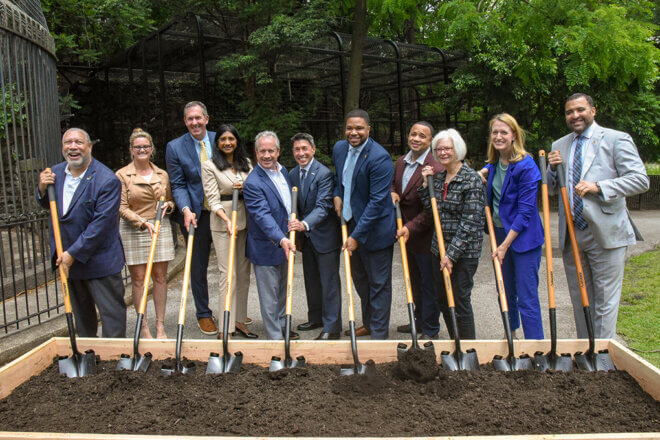
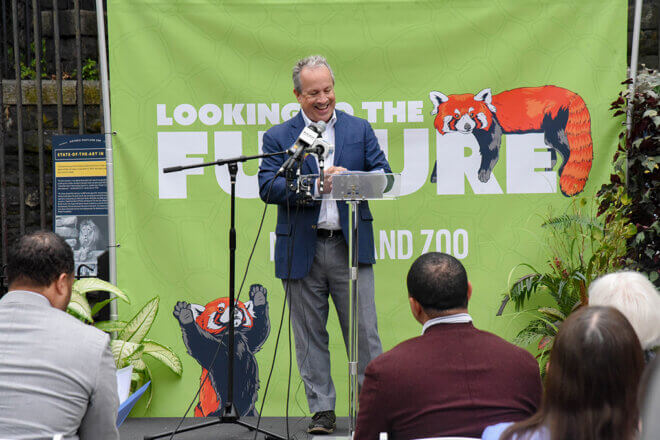
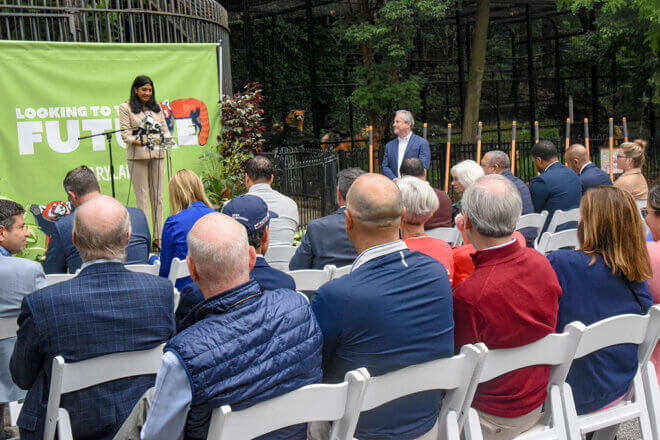
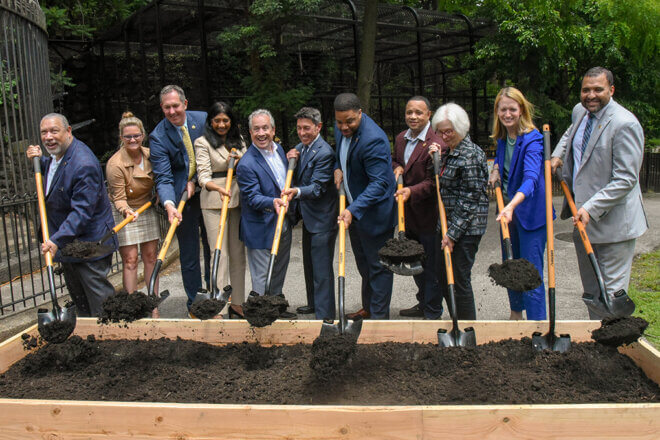
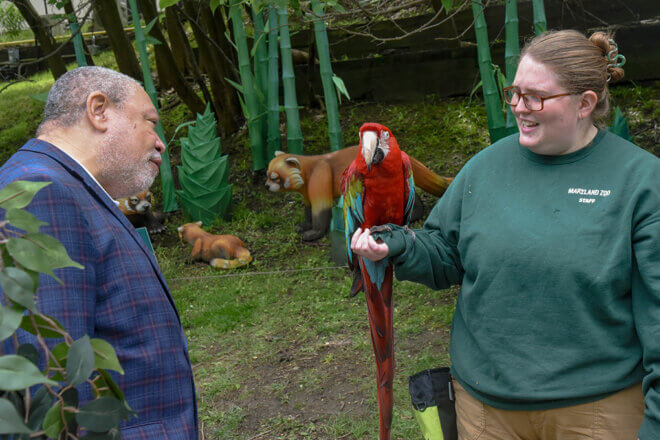
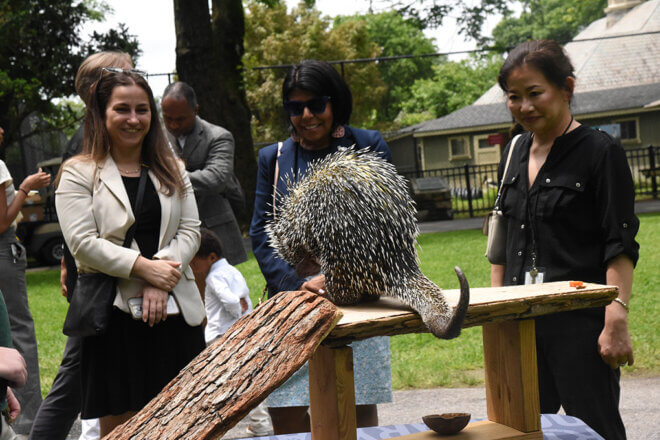
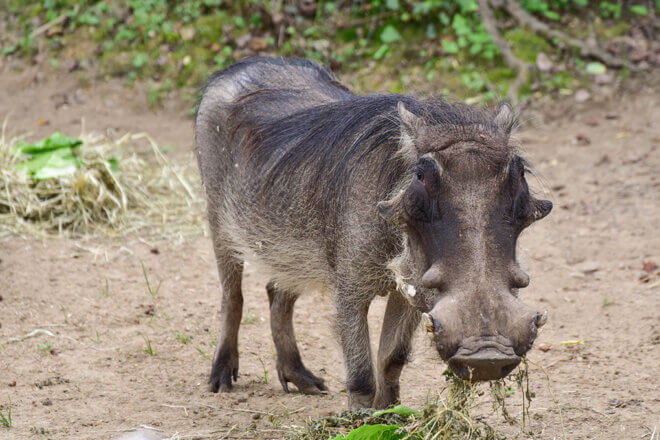
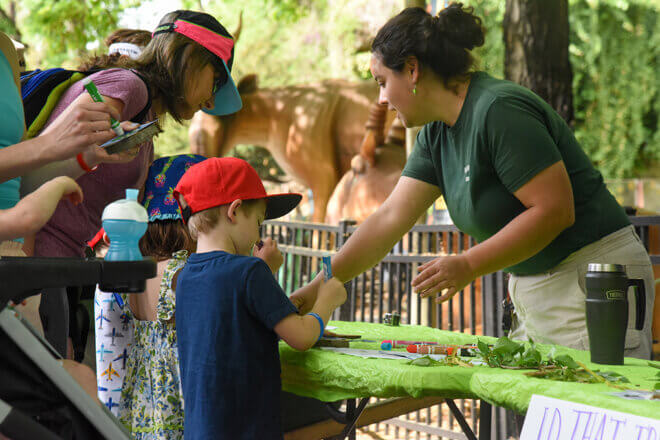
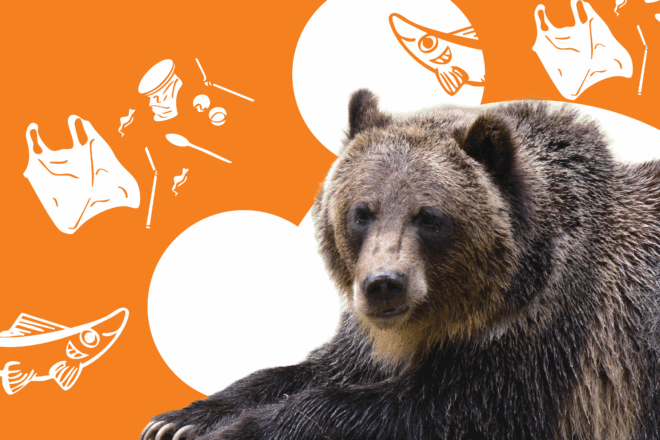
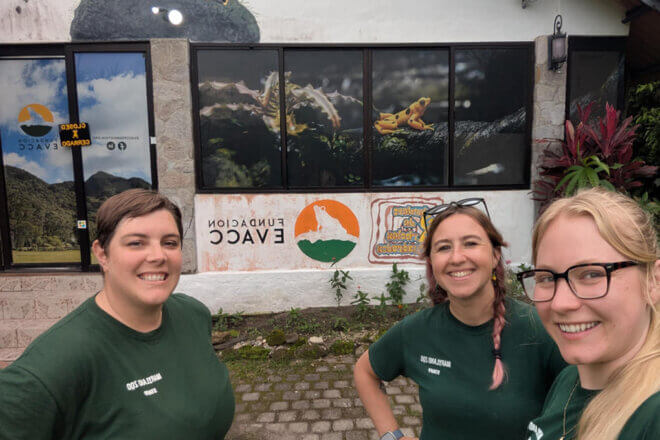
Share this article